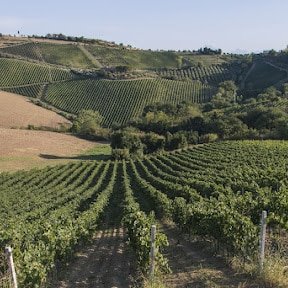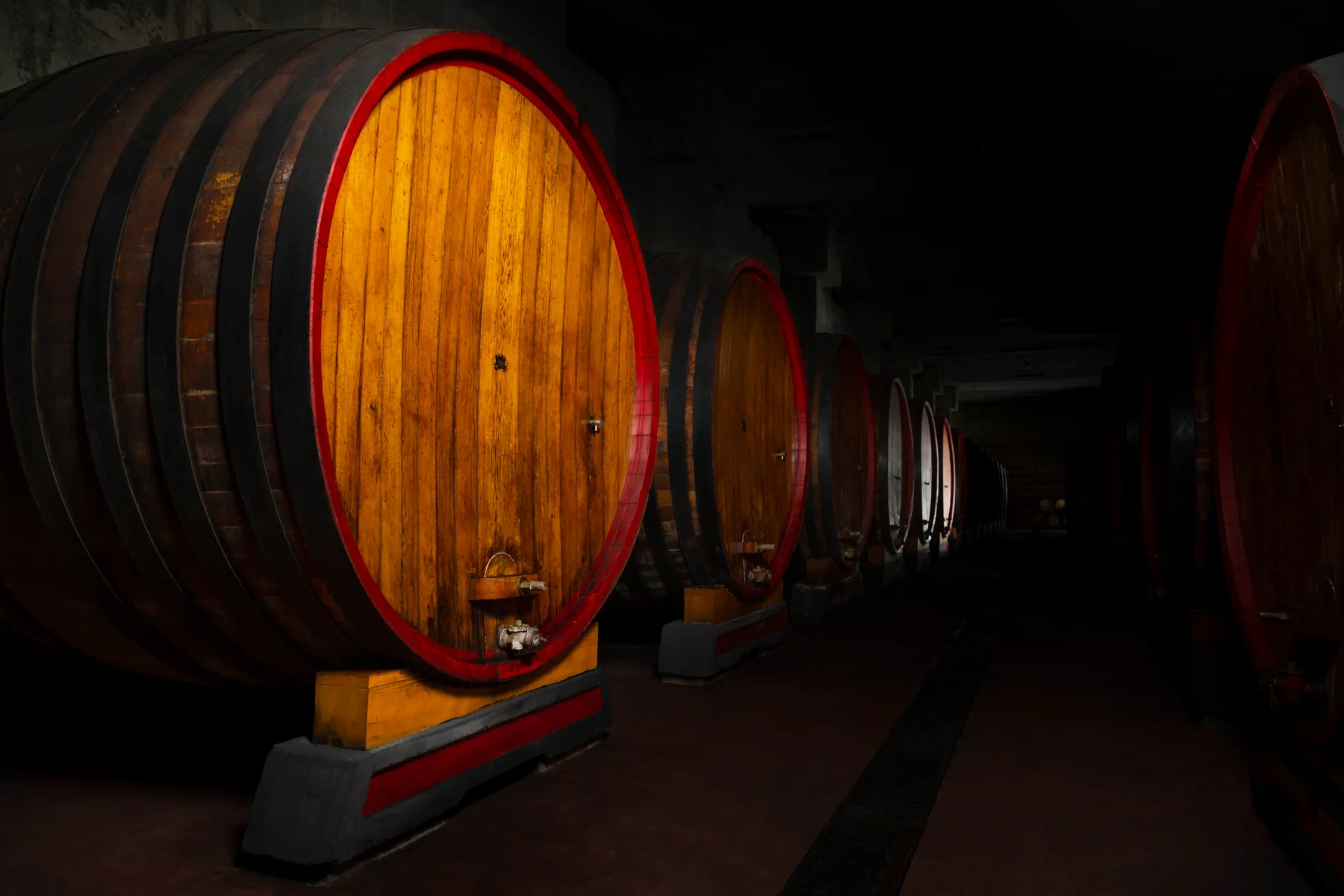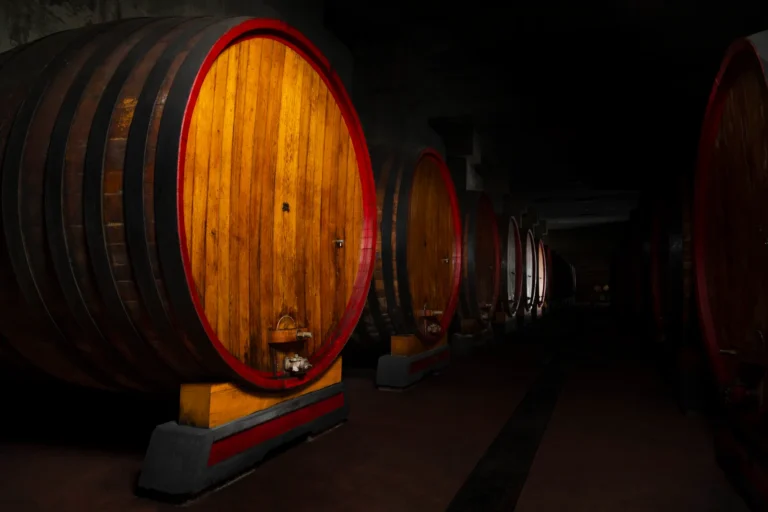PROFILE
The protagonists of our history are two: Montepulciano and Sangiovese, the most significant grape varieties of Central Italy.
Montepulciano is an “Adriatic” grape variety, whose most characteristic production develops from the north of Molise, to continue in Abruzzo and end in the Marche. The “Mediterranean” of the area is attenuated by the proximity of the Balkan area, a source of colder air masses in the winter and by the effects of the Adriatic Sea, inland and shallow, the coldest among the seas of the Mediterranean basin.
Sangiovese is a characteristic grape variety of Central Italy, whose best expressions are found in Tuscany, Umbria, Romanga and Marche. The indeterminacy of its origins, disputed between Romagna and Tuscans, gives the grape variety a mythical aura and brings us back through its name to the blood and its symbols, as a sacrifice to the divinity: Sangiovese or blood of Jupiter (sanguis Jovis). Other Tuscan and Corsican sources instead support the origin from “sangiovannese” (San Giovanni) for its fairly early maturation period.
Rosso Piceno, a wine that to regulate can be produced in the provinces of Ascoli Piceno, Fermo, Macerata and Ancona excluding the Conero area, is a blend of Montepulciano and Sangiovese, the supporting architraves of the denomination.
It is evident how the production area constitutes an area in which the best expressions of the two grape varieties overlap.
Returning to the protagonists of our history, Montepulciano and Sangiovese, the specification, while imposing their presence, allows you to experiment with the percentages:
- Montepulciano can go from 35% to 85%;
- The Sangiovese can go from 15% to 50%.
MAP
Sorry, no records were found. Please adjust your search criteria and try again.
Sorry, unable to load the Maps API.








